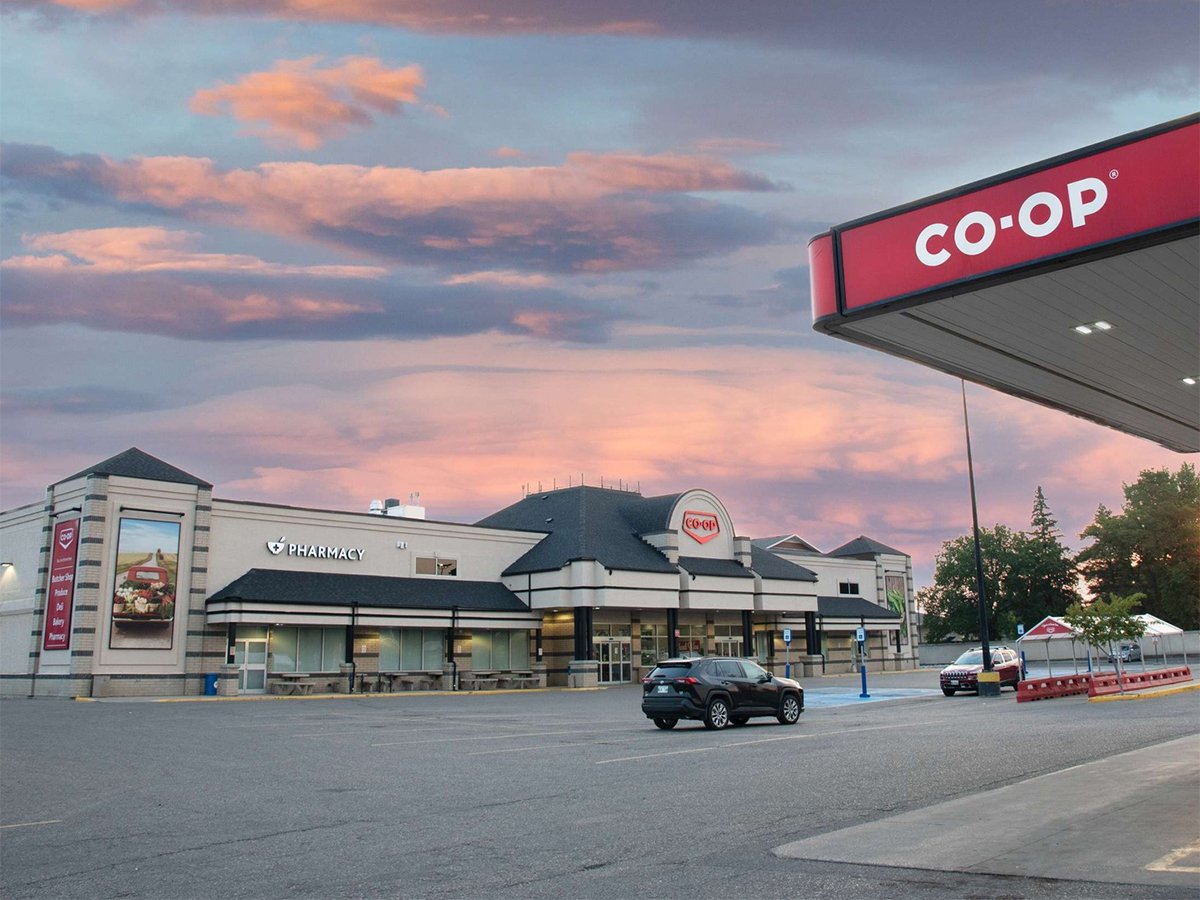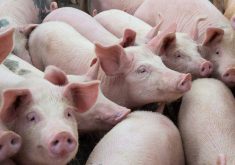I’ve covered Grain World for so many years that I now just take it for granted – but you shouldn’t.
It’s a two-day crop commodity outlook conference held every year in Winnipeg, always at the point of the winter where everyone is almost worn-out by the long, dismal prairie winter, but just at the point when spring seeding plans become very real. It is two days of outlook sessions on every significant prairie crop and general analysis of commodity markets and world trade. (This year’s conf is February 25 and 26). It pulls in hundreds of analysts, economists, crop commodity group officials, grain industry players – and farmers.
Read Also

Farmer ownership cannot be seen as a guarantee for success
It’s a powerful movement when people band together to form co-ops and credit unions, but member ownership is no guarantee of success.
There are never enough farmers there, although most years there are more than 100 producers in the audience. It’s not that there isn’ t a good proportion of farmers to non-farmers, or that there isn’t a good smattering of farmers throughout the conf. But compared to the thousands of farmers that throng the shows from Manitoba Ag Days to Crop Production Show to a dozen other events, it’s a miniscule producer population. (It’s not a free event, so that’s part of the reason, I’m sure.)
I think more farmers should think of attending this show, not just because I’m based in Winnipeg and want a bigger crowd to cope with, but it truly is a golden opportunity to hear the best crop market analysis, customized for prairie farmers, live and unfiltered. In other words, if you attend Grain World, you can hear what the economists and analysts are actually saying, and not have to rely on dubious characters in the media – like me – to sort though for you.
The conf is not-so-subtly different these days, with a changed focus since it was handed over from the Canadian Wheat Board to John Duvenaud’s Wild Oats outfit. GW has become more crop-focused, with the cattle and hog outlooks ditched, and the dominance of (former) board grains is gone. There’s now less emphasis on wheat board specific crops and industry issues (less on malting barley and ocean freight dynamics) and a closer alignment with what farmers probably think most about. This year, for example, GW’s main session opens with canola and oilseed market sessions, which is something that would never have happened in the CWB years. Now, board grains are just another part of the prairie crop portfolio. The oilseeds and special crops (now including oats!) rank just as highly.
Both the CME Group – the owner of the Chicago Board of Trade and its hallmark ag commodity contracts – and the Minneapolis Grain Exchange – the owner of North America’s primary hard red spring wheat contract – are here promoting their exchanges and contracts. They were here last year too, hoping to snap-up prairie farmers’ hedging business as the CWB monopoly disappeared. They’re still after that business, so if you want a chance to find out more about those exchanges, or futures-based hedging in general, here’s a chance. (CME is holding a session with farmers Sunday, and Minneapolis on Tuesday afternoon).
Sure, Winnipeg ain’t a bunch of fun in late February, and being locked into a darkened conference hall for a day and a half with economists – practitioners of the “dismal science” – isn’t a frolic on a Jamaican beach, but if you’re serious about crop market analysis and getting to know more about your crop-hedging options, this’d be a good event to take in.














